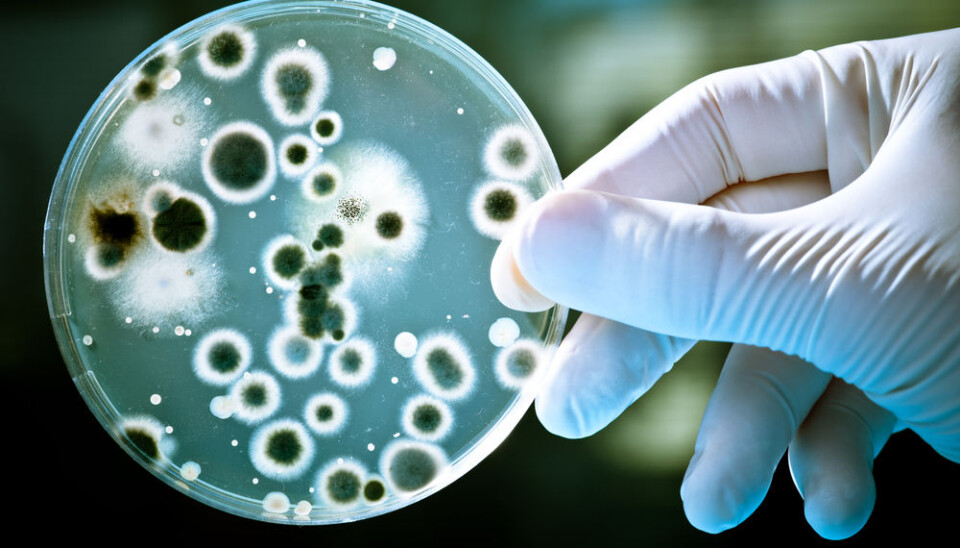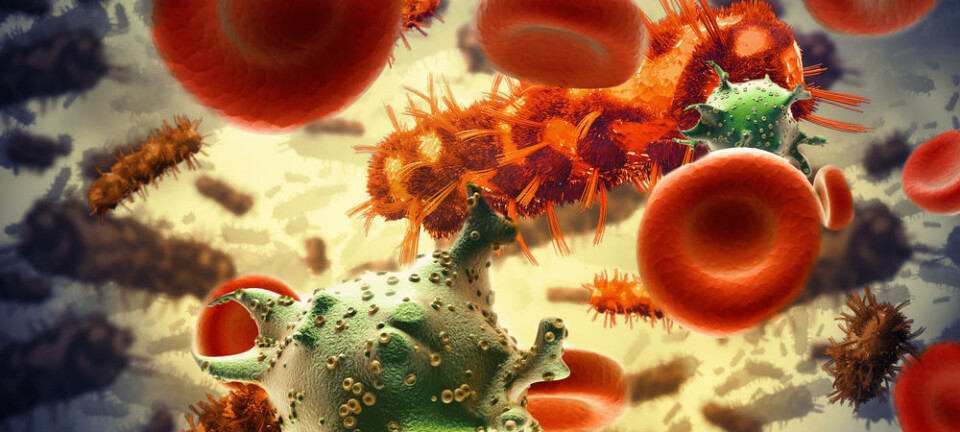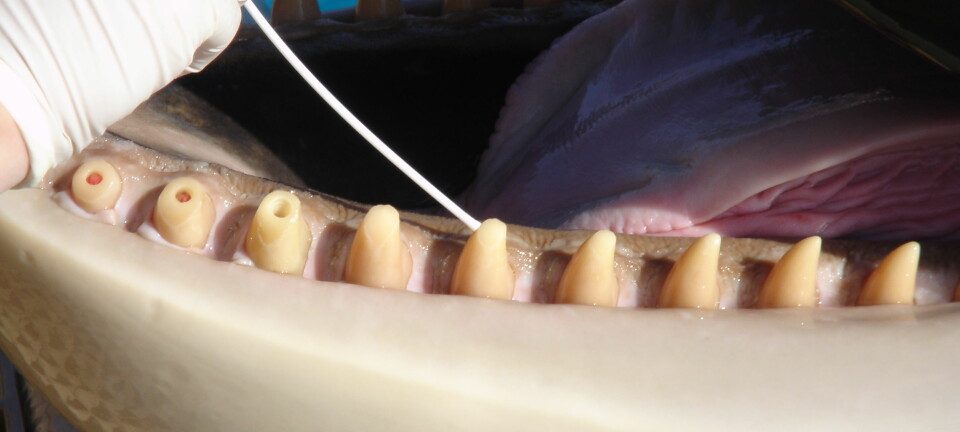
Scientists are creating a whole new class of antibiotics
Danish researchers are developing a new class of antibiotics to fight the growing threat of superbugs.
Multi-resistant bacteria are one of the biggest threats to world health.
The reason is that an increasing number of the existing antibiotics are losing their ability to combat bacteria, and the medical industry has more or less given up on the development of new drugs to replace the antibiotics that are no longer of any use.
There’s simply not enough money in it for them.
Consequently, the worst-case scenario of the future is that an increasing number of people will die from incontrollable infections that today are cured with a visit to the doctor and a handful of pills.
The medical industry has pretty much vanished from this area of research [antibiotics] by now so it’s important that government-funded research steps in.
However, Danish scientists are working to prevent this.
With support from the Danish Council for Strategic Research, scientists from the Danish Center for Antibiotic Research and Development (DanCARD) are developing a brand new class of antibiotics that hopefully will put an end to the progression of multi-resistant bacteria once and for all.
The new class of antibiotics consists of tiny protein fragments called peptides that rip the outer shell of the bacteria apart. And bacteria are not able to develop resistance to the peptides the way they do to existing antibiotics.
“Peptides work incredibly well when it comes to killing bacteria. We have already proved that,” says Professor Niels Frimodt-Møller, MD and director of research at DanCARD. “We’re working to ensure that the peptides are also harmless to people. It looks promising, and it’s an exciting new area of antibiotics research.”
Effective treatment
The peptides in the DanCARD project are composed of chains of just over a handful of the 20 different amino acids found in the human body.
The sequence of the amino acids determines the effect of the peptide and as it turns out, some of the peptides perform extraordinarily well when battling bacteria.
The DanCARD project has identified several small peptides that either bind themselves to the surface of the bacteria, making a channel that other matter can pass through in order to kill the bacteria, or simply tear the outer shell of the bacteria apart, causing the bacteria to die.
The peptides have also been tested on animals but while they have turned out to be highly effective against the bacteria, the Danish team of scientists have yet to identify the combination of amino acids that’ll ensure that the peptides are harmless to the animals’ own cells.
Frimodt-Møller hopes they will get there in time.
“We’re working on synthesising different peptides, replacing some amino acids with others and then testing their effect. Hopefully, we’ll find a combination of amino acids that only affects bacteria and not us,” he says.
Difficult to develop resistance
The peptides are a brand new type of antibiotics and bacteria are not able to develop resistance towards the peptides to the same extent as they can against the antibiotics we use today.
Because of this peptides could prove a permanent solution to the problem of multi-resistance.
The problem with existing antibiotics is they’re all very similar. This means that bacteria only need to make small adjustments in their genome to ensure that they have an effective defence against more than just a single antibiotic.
Existing antibiotics are mainly composed of naturally occurring substances or synthesised variants of these.
The resistance of bacteria to antibiotics is partly caused by the bacteria’s development of enzymes that have the ability to cut the matter into smaller pieces.
The number of these resistance-enzymes is steadily increasing and has already passed 700.
“We simply aren’t able to develop new antibiotics of this type at the same speed as the bacteria learn to cut them up. This means that we need an entirely new class of antibiotics where the bacteria have no basic plan for developing resistance because the new class can attack the bacteria in a different way. Small peptides may very well be the answer,” says Frimodt-Møller.
Peptides are easy to design
To find the ideal peptides, DanCARD has initiated collaboration between Danish researchers with a range of expertise from Aalborg University, Aarhus University and Roskilde University, the Technical University of Denmark and SSI, an international research, production and service enterprise under the Danish Ministry of Health.
-
Synthesis chemists experiment with the sequence of amino acids in peptides and try to make them as harmful to bacteria as possible while at the same time making them as harmless to people as possible.
-
Experts in NMR-scanners map the three-dimensional structure of the peptides and ascertain how they bind to bacteria. This enables researchers to select amino acids that create the exact desired binding to the cell surface of the bacteria.
- Frimodt-Møller is in charge of testing the different peptides on animals.
Thus all aspects of the peptide development are gathered within the same research project.
“The good news is that it’s easy for us to make changes to the sequence of amino acids and subsequently test the effect of the peptide immediately. Whenever we find something that works, we try to fine-tune the effect in order to slowly develop a peptide that has all the properties we want,” says Frimodt-Møller.
The research project has been going on for six years so far, but according to Frimodt-Møller they need more time.
“It’s a puzzle that will take more time than we have at our disposal on this project. What’s most important to us is to demonstrate that it is possible and that peptides could be the new class of antibiotics that the world needs to fight bacteria in the future,” he says. “We need to create a foundation for understanding the potential.”
Old antibiotics still serve a purpose
In addition to the research in peptides, the scientists at DanCARD are working on other projects with the purpose of improving the chance of securing functional antibiotics in the future.
Among other things, the researchers are looking into the use of existing antibiotics.
Some of the existing antibiotics are no longer used because the different bacteria have already developed resistance against them. But antibiotics may still serve a purpose in the fight against other bacteria, says Frimodt-Møller:
“Resistance is moving fast. That’s why it is also a good idea to look into the possibility of revisiting some of the old antibiotics. If we use them with care, they could potentially turn out to be a good treatment for a very long time for the bacteria that they can still fight.”
The point is to have as many shots as possible at finding a cure in the future fight against bacteria, he says.
“By using the existing bacteria sensibly, as well as reviving old antibiotics and finding new classes of antibiotics, we’ll make sure that we have as many buttons as possible to push when fighting resistant bacteria in the future,” says Frimodt-Møller. “The medical industry has pretty much vanished from this area of research by now so it’s important that government-funded research steps in.”
Translated by: Iben Gøtzsche Thiele









